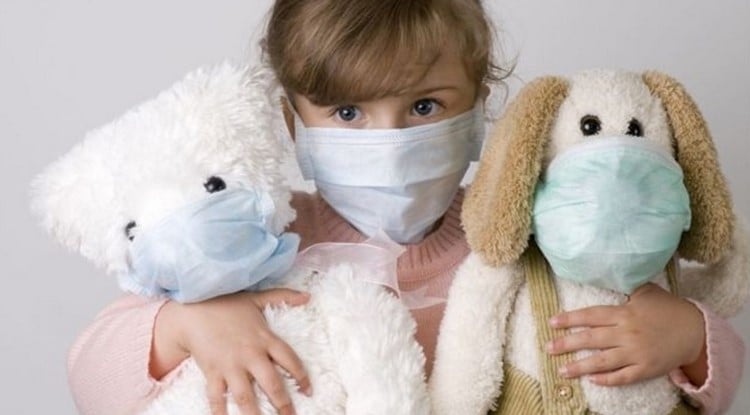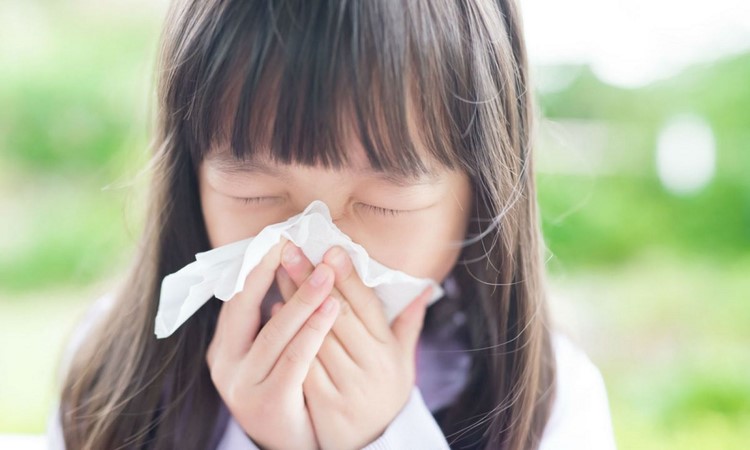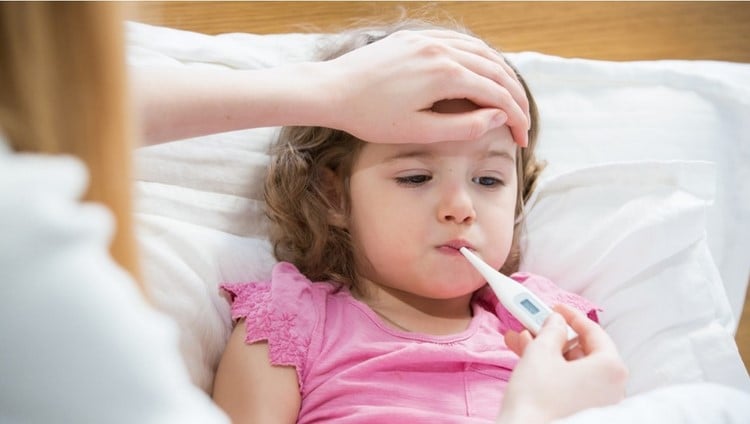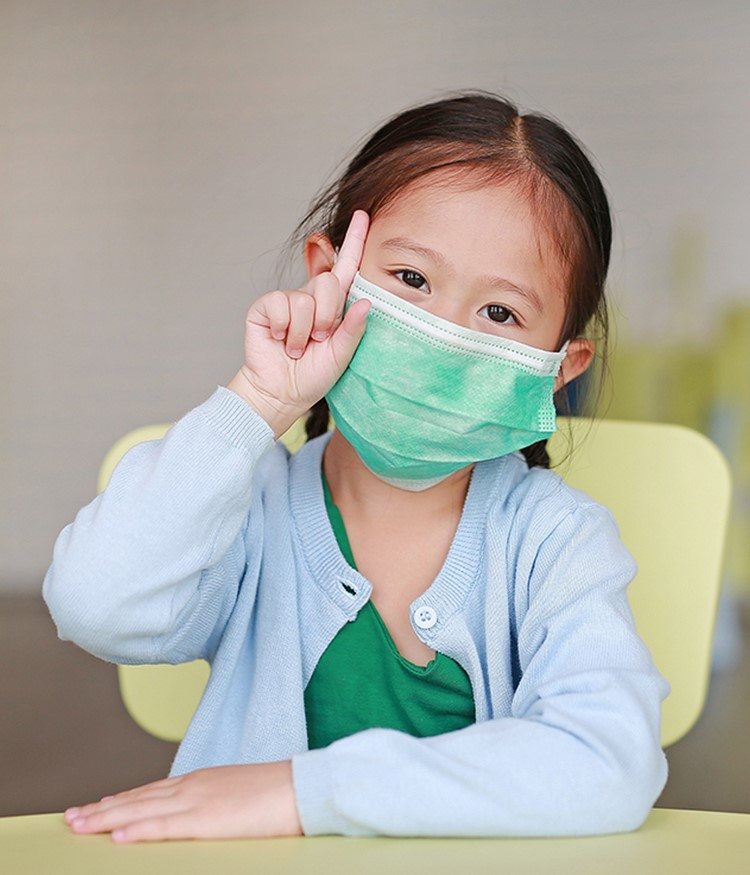Coronavirus in children – symptoms, treatment and prevention
While coronavirus (COVID-19) is less common in children, many families may be concerned after hearing about confirmed cases in Germany. We explain what symptoms are typical, how the disease develops and which medicines were used in China to treat children.
Results on prevalence and risk factors in children

Relatively few cases of COVID-19 caused by SARS-CoV-2 infection have been reported in children compared to the total number of cases in the general population. By February 20, 2020, 2.4% of the 75,465 cases (confirmed and suspected) in China had occurred in people under the age of 19. An analysis from a large city in southern China suggests that the proportion of children under the age of 15 in all cases could have increased from 2% to 13% from the beginning to the end of the outbreak. According to reports in China, most children are infected by contact with a sick person at home.
In previous zoonotic infectious diseases such as SARS and MERS, the majority of confirmed cases occurred in adults. During the 2002-2003 SARS epidemic, fewer than 5% of cases were diagnosed in patients under 18 years of age. The majority of SARS cases in patients under the age of 18 are thought to have been caused by household transmission, although some cases were acquired in the hospital. The majority of MERS-CoV cases in children were also thought to be due to household transmission.

Children can play a role in the spread of SARS-CoV-2 in the community. In a report that examined 10 infected children in China, SARS-CoV-2 ribonucleic acid (RNA) was detected in airway samples up to 22 days after the onset of symptoms and in stool up to 30 days after the onset of symptoms. A case report of a 6 month old infant describes the detection of SARS-CoV-2 RNA in blood, stool and multiple nasopharyngeal swab specimens, although the only documented symptom of the infant's disease is a measured temperature of 38.5 ° C was. No virus culture was performed on samples in these reports. It is therefore uncertain whether persistent or asymptomatic RNA detection is a potentially transmissible virus.
Symptoms in children

The symptoms of COVID-19 are similar in children and adults. However, children with confirmed COVID-19 generally showed mild symptoms. Reported symptoms in children are cold symptoms such as fever, runny nose and cough. Vomiting and diarrhea have also been reported. It is not yet known whether some children are at higher risk of serious illnesses, children with basic medical illnesses and special health needs. There is much more to learn about how the disease affects children.
In a report of nine hospitalized infants in China with confirmed COVID-19, only half had a fever. At least one child has had mainly gastrointestinal symptoms such as vomiting, diarrhea and anorexia. To date, there have been several reports of children with asymptomatic SARS-CoV-2 infection.
Data from pediatric SARS and MERS cases also show overall milder symptoms in children compared to adults, and adolescents with SARS showed more severe symptoms compared to younger children. The simultaneous detection of other respiratory pathogens (influenza, Mycoplasma pneumoniae) has been described in children with COVID-19.
Clinical course and complications in children

The complications of COVID-19 appear to be milder in children compared to adults, based on limited experience from China. Serious complications (e.g. acute respiratory distress syndrome, septic shock) have been reported in one case of a 13 month old child with confirmed COVID-19. Other reports describe a mild course of the disease, even in infants. By February 20, 2020, only one of the 2,114 deaths among 55,924 confirmed COVID-19 cases in China occurred in children under 20 years of age. No further details were given for this patient.
Chest X-rays of children with COVID-19 show patchy infiltrates that match viral pneumonia, and breast CT scans have shown nodular frosted glass.

During the 2003-2004 SARS outbreak, patients younger than 12 years of age had mild disease courses and shorter duration of illness than adults, and no deaths were reported. Death was rare in children with MERS. One MERS death was reported in a child with cystic fibrosis whose breath samples were also positive for influenza A (H1N1) pdm09 and multi-resistant Pseudomonas.
Although the symptoms and course of COVID-19 may be milder in children than in adults, it is not known whether there is an increased risk of serious illnesses in children with underlying diseases.
Treatment and prevention

There are currently no antiviral drugs that are approved or approved by drug regulatory agencies for COVID-19. Clinical management includes immediate application of recommended infection prevention and control measures and supportive treatment of complications.
Should children wear masks? No. If your child is healthy, they do not have to wear a face mask. Only people who have symptoms of illness or who care for the sick should wear masks.
Lopinavir / ritonavir and interferon-alpha have been used in China to treat children with COVID-19, but the safety and effectiveness of these drugs have not been established. In clinical trials, some adult patients with COVID-19 have received intravenous remdesivir. Remdesivir is an antiviral drug that has been reported to have in vitro activity against SARS-CoV-2. The drug has not been used to treat children with COVID-19.
Reference: Centers of Disease Control and Prevention
The post coronavirus in children – symptoms, treatment and prevention appeared first on Deavita.com | Living ideas, design, hairstyles, make-up, lifestyle, health and beauty tips.





















